April 16, 2025 | 00:04 GMT +7
April 16, 2025 | 00:04 GMT +7
Hotline: 0913.378.918
April 16, 2025 | 00:04 GMT +7
Hotline: 0913.378.918
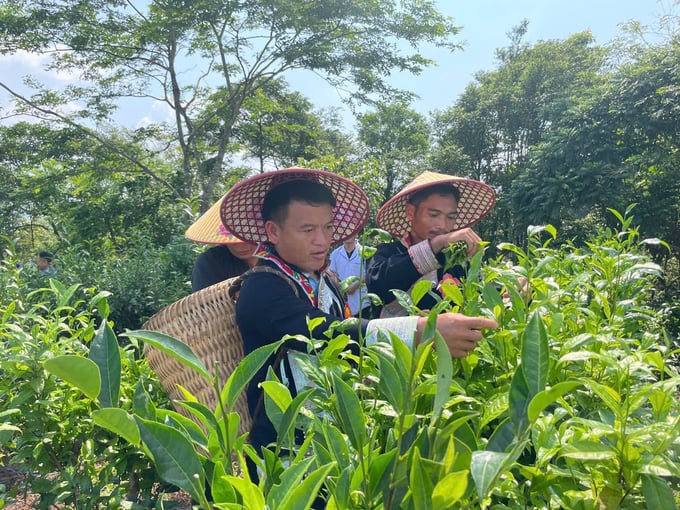
Tea cultivation is a vital aspect of the lives of residents in the highlands due to its economic benefits. Photo: Hai Dang.
The highland communes of Muong Hum, Den Sang, Den Thang, Sang Ma Sao, Nam Chac, and A Mu Sung in Bat Xat District house approximately 244 hectares of concentrated tea plantations. Local residents established the majority of these areas in 2001. Among them, around 209 hectares have undergone a harvesting season, with 87 hectares yielding stable output.
Farmers in Bat Xat District currently cultivate a diverse range of tea varieties, including Kim Tuyen, Long Van 2000, and Hung Dinh Bach. Additionally, the district is home to 26 hectares of ancient tea trees distributed across the communes of Nam Pung and A Lu.
Among the tea varieties grown in Bat Xat, the Shan and Bat Tien teas stand out due to their compatibility with the region’s soil, climate, water sources, and high-altitude conditions. Furthermore, these factors contribute to their distinctive quality.
Shan tea has a rich history in the region, with some ancient trees growing to such heights that farmers must use ladders to harvest their leaves. After hand-picking the leaves, farmers manually process Shan tea using traditional roasting techniques to preserve its natural mountain aroma.
On the other hand, Bat Tien tea offers a harmonious blend of sweetness and mild bitterness, leaving a lingering aftertaste that enhances the tea-drinking experience.
Both tea varieties currently fetch high market prices, with Bat Tien tea selling for approximately 350,000 VND per kilogram and Shan tea for 150,000 VND per kilogram. As a result, local farmers have been expanding their tea plantations.
Recognizing the potential of tea cultivation, several cooperatives and households in the district have invested in equipment and processing facilities to purchase and refine locally grown tea. Notable examples include Huong Tam Tea Cooperative in Muong Hum Commune and A Mu Sung Agricultural Production and Processing Cooperative in A Mu Sung Commune.
With the aim of enhancing the quality of local tea products, farmers and cooperatives must adhere to strict cultivation and harvesting practices, including hillside plantation design, shade tree planting, intensive farming techniques, organic and microbial fertilization, and precise harvesting methods such as picking one bud with two leaves.
Chao San May, a farmer in Muong Hum Commune, shared that after receiving training on tea cultivation and intensive farming techniques, her tea plants exhibit significantly stronger growth, thereby yielding higher quality and productivity. Consequently, farmers can sell their tea at relatively higher prices. Both local farmers and cooperatives hope to receive further support in tea processing technology to further enhance product quality and market value.
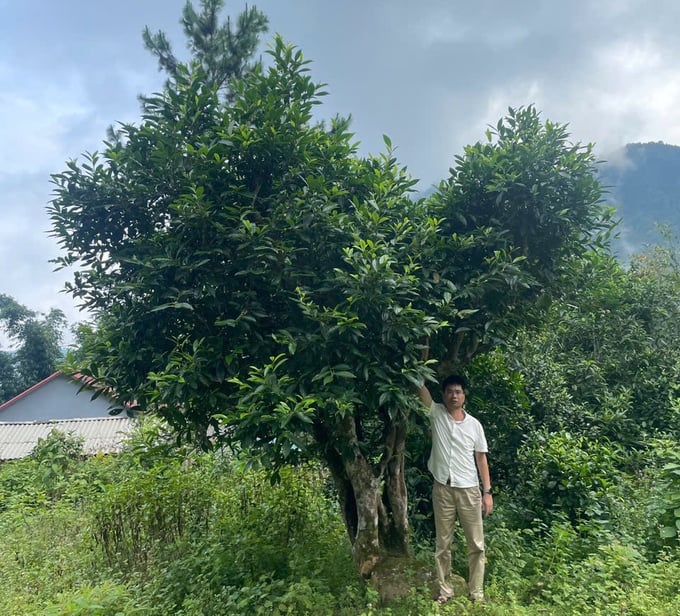
Local residents are preserving ancient Shan tea trees to expand production areas. Photo: Hai Dang.
According to Truong Van Huong, Director of Huong Tam Tea Cooperative in Bat Xat District, the cooperative assigns members to oversee every stage of cultivation, from fertilization and pest control to harvesting. As a result, the cooperative is capable of producing high-quality tea buds. This initiative aims to improve the OCOP (One Commune, One Product) star rating for tea products, as higher ratings make them more marketable.
As tea products gain commercial recognition, the growing demand for raw materials will encourage farmers to expand tea cultivation, which further reinforces tea's position as a key commercial crop. This initiative is compatible with Resolution No. 10-NQ/TU issued by the Lao Cai Provincial Party Committee on August 26, 2021, which outlines the province's agricultural development strategy through 2030, with a vision to 2050.
Additionally, Bat Xat District is consolidating and expanding tea cultivation areas in highland communes and extending plantations to cover Y Ty District, the area with the highest altitude locally at over 2,000 meters. These tea-producing areas will follow VietGAP standards, with a long-term goal of organic production to supply factories, cooperatives, and processing facilities. The district is also supporting the establishment of sustainable production, processing, and consumption chains.
Si Trung Kien, Director of Bat Xat District Agricultural Service Center, emphasized that organic farming is a necessary trend for future development. Accordingly, the government has integrated organic agricultural development into its agricultural restructuring plan, with a strong focus on value enhancement and sustainable growth. In addition to adopting organic tea cultivation techniques from China, India, Sri Lanka, and Japan, the district will implement intensive organic farming methods tailored to local conditions.
“We are providing farmers with guidance on land preparation, planting, care, pest management, processing, and safe tea production in compliance with organic principles. By joining linked production and consumption chains with the business community, farmers can increase productivity, improve quality, and boost their income,” added Si Trung Kien.
Bat Xat District is also making an active effort to preserve ancient Shan tea varieties. Under this initiative, locals collect seeds from healthy, high-yield Shan tea trees aged 10 years or older before processing and cultivating them in nursery beds. After the saplings meet quality standards, they will be planted across approximately 30 hectares.
“The preservation and expansion of Shan tea plantations—with government support for seed cultivation, fertilizers, and farmer participation—will contribute to the development of high-value tea production while also promoting local commercial tea farming activities,” Director Kien emphasized.
At present, Bat Xat farmers have registered to expand the ancient tea cultivation area by over 200 hectares in 2025. To ensure an adequate seed supply, the district’s Agricultural Service Center is developing a 20-hectare seedling nursery in A Mu Sung Commune.
Translated by Nguyen Hai Long
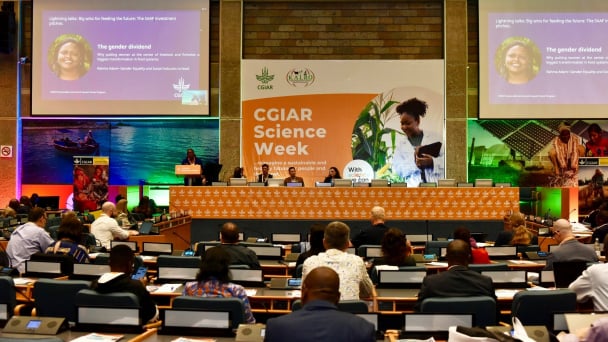
(VAN) The CGIAR’s Sustainable Animal and Aquatic Foods (SAAF) program represents a new approach that emphasizes the transformation of food systems toward sustainability.
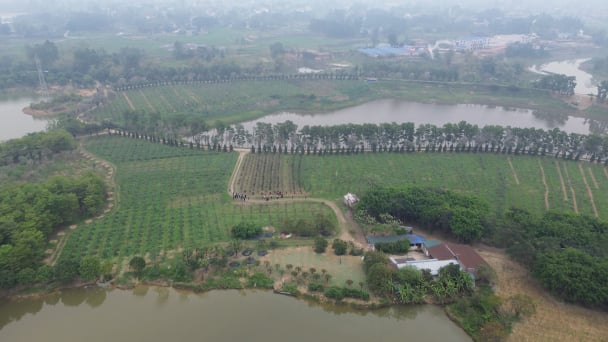
(VAN) Scientists assume that industrial agriculture has been 'outdated.' As a result, a comprehensive overhaul or a revolution in the direction of embracing ecological agriculture is needed.
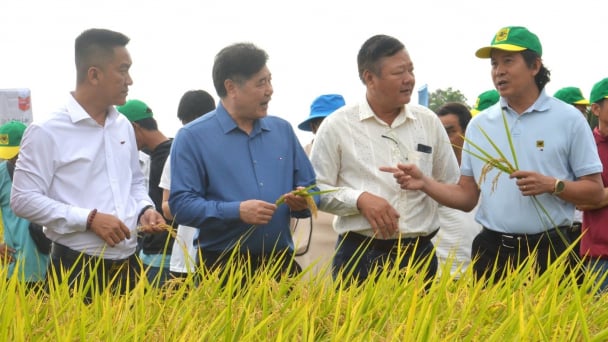
(VAN) The results from pilot fields are catalyzing the expansion of the One million hectares of high-quality, low-emission rice project in Kien Giang.
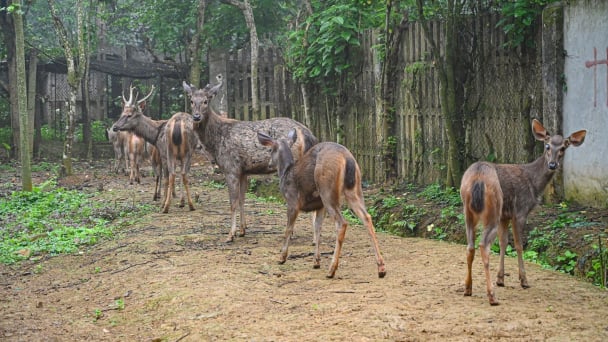
(VAN) On the morning of April 11, Cuc Phuong National Park received 18 individuals of endangered and rare wild animals from Da Nang city.
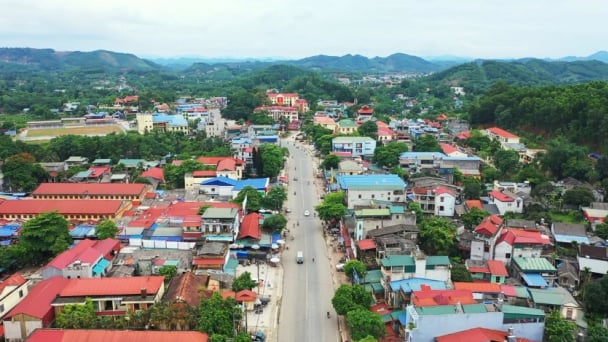
(VAN) FAO supports Vietnam in enhancing survey sampling techniques for the 2025 nationwide agricultural and rural census.

(VAN) By participating in the green transition, manufacturers become an indispensable part of the circular economy, contributing to resource optimization and environmental protection.
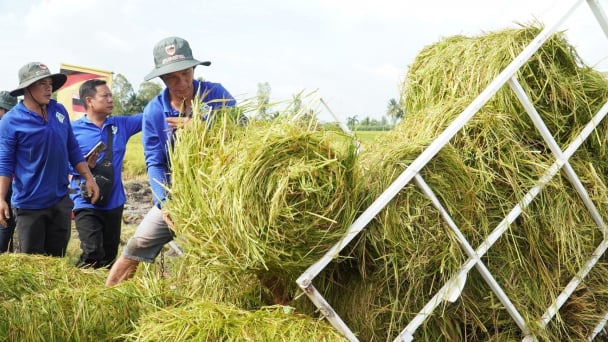
(VAN) The One Million Hectares of High-Quality and Low-Emission Rice Program can generate nearly 14 million tons of straw annually, posing an urgent requirement to diversify straw-based products.